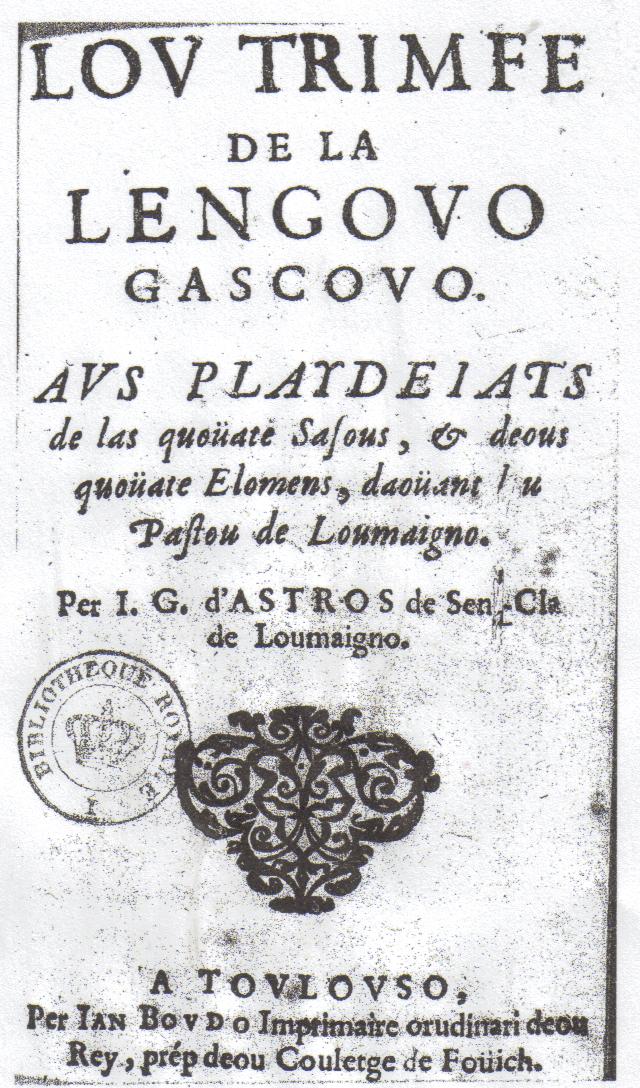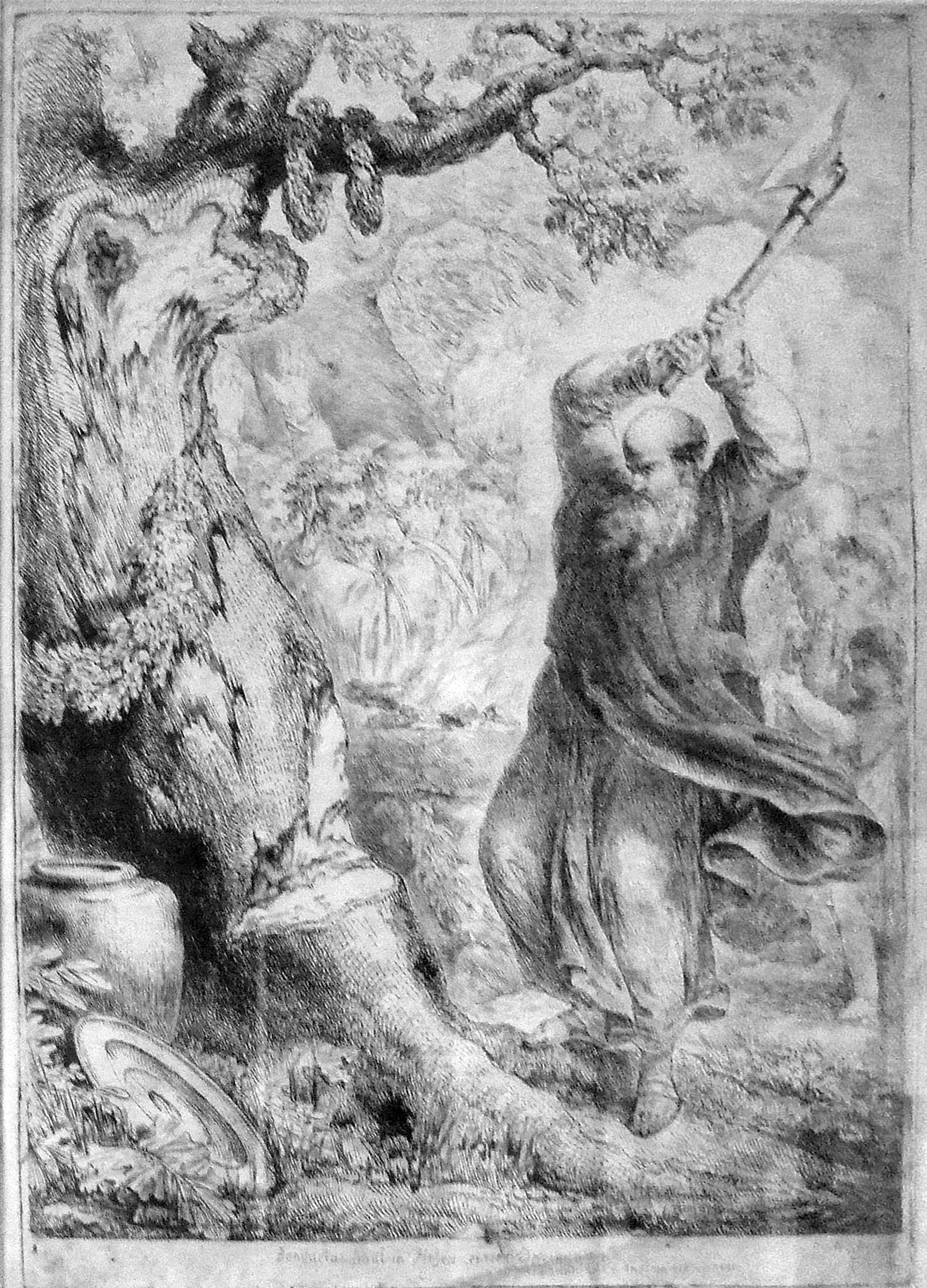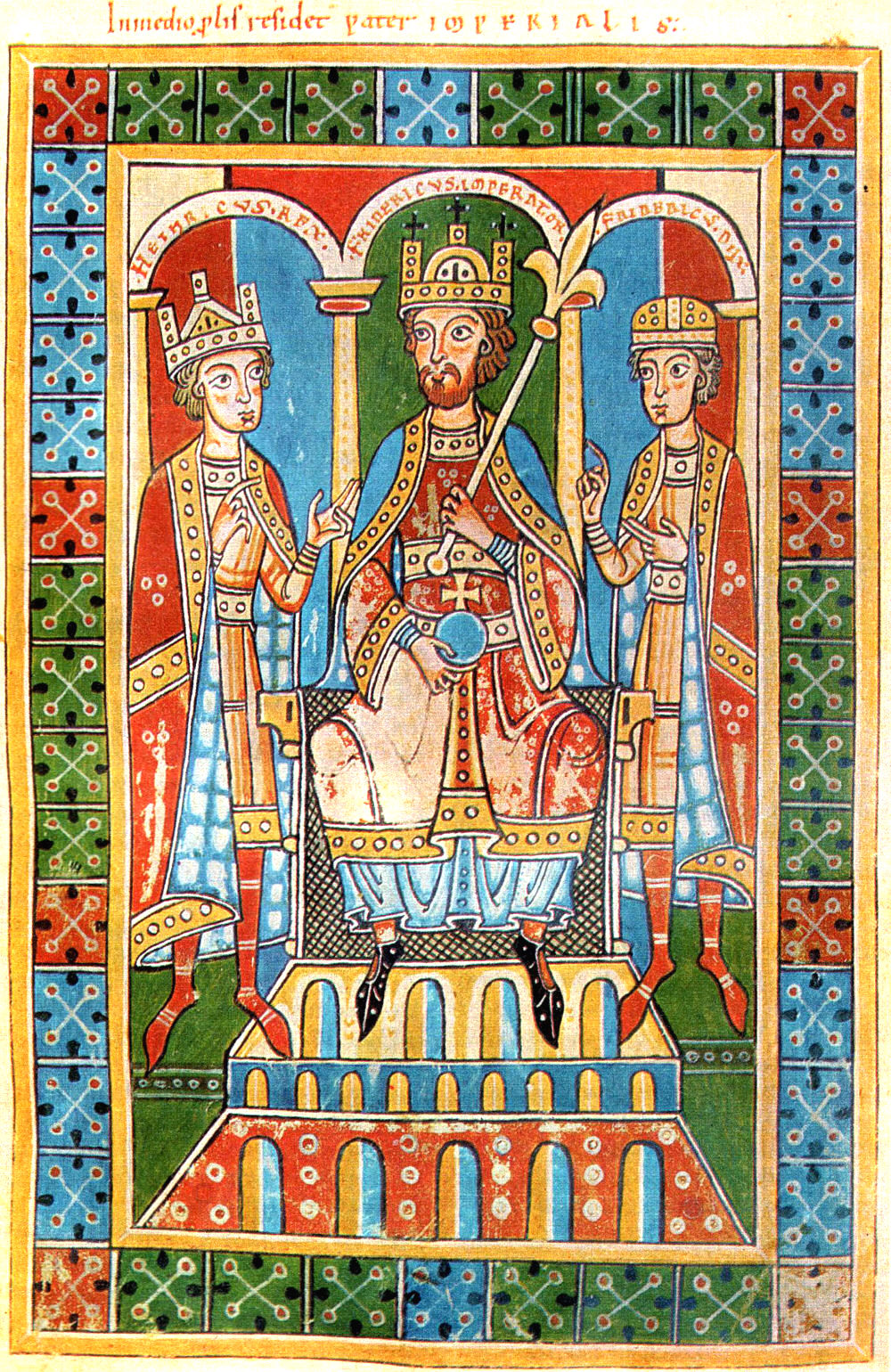|
Ottone Del Carretto
Ottone del Carretto (died 1237×42), a patron of troubadours and an imperialist, was the margrave of Savona (c.1185–91) and ''podestà'' of the Republic of Genoa (1194–95) and of Asti (1212). He was the founder of the Del Carretto family. Childhood The earliest record of Ottone dates to 1179, when he subscribed with his younger brother, Enrico (II), to the charter of their father, Enrico Guercio, whereby the commune of Savona was granted fiscal and judicial independence. In 1181, the brothers again subscribed their father's chatter, this time granting the commune of Noli the right to hold a market and to fortify itself, in return for the commune's recognition of the marquis's suzerainty, including the right to fodder and the ban. The same year (1181), Ottone, still a minor, witnessed the treaty between Manfred II of Saluzzo, his relative, and the commune of Alba. As a result of this agreement, Manfred released some merchants of Alba whom he had been holding hostage. Caree ... [...More Info...] [...Related Items...] OR: [Wikipedia] [Google] [Baidu] |
Troubadour
A troubadour (, ; oc, trobador ) was a composer and performer of Old Occitan lyric poetry during the High Middle Ages (1100–1350). Since the word ''troubadour'' is etymologically masculine, a female troubadour is usually called a ''trobairitz''. The troubadour school or tradition began in the late 11th century in Occitania, but it subsequently spread to the Italian and Iberian Peninsulas. Under the influence of the troubadours, related movements sprang up throughout Europe: the Minnesang in Germany, ''trovadorismo'' in Galicia and Portugal, and that of the trouvères in northern France. Dante Alighieri in his ''De vulgari eloquentia'' defined the troubadour lyric as ''fictio rethorica musicaque poita'': rhetorical, musical, and poetical fiction. After the "classical" period around the turn of the 13th century and a mid-century resurgence, the art of the troubadours declined in the 14th century and around the time of the Black Death (1348) it died out. The texts of troubadou ... [...More Info...] [...Related Items...] OR: [Wikipedia] [Google] [Baidu] |
Dego, Liguria
Dego (; lij, O Dê ) is a town and ''comune'' in the Province of Savona in the region Liguria, in Northwestern Italy. Geography The municipality of Dego is located on the northern side of the Ligurian Apennines, on the border with Piedmont; the main population centre is lies at the confluence of the Grillero stream into the Bormida di Spigno. Dego is about west of the regional capital Genoa and about northwest of the provincial seat Savona. Dego borders the municipalities of Piana Crixia and Spigno Monferrato to the north; Giusvalla to the east; Cairo Montenotte to the south; Castelletto Uzzone and Gottasecca Gottasecca is a ''comune'' (municipality) in the Province of Cuneo in the Italian region Piedmont, located about southeast of Turin and about east of Cuneo. Gottasecca borders the following municipalities: Cairo Montenotte, Camerana Camerana i ... to the west. References External links Official website Cities and towns in Liguria {{Liguria-geo-stub ... [...More Info...] [...Related Items...] OR: [Wikipedia] [Google] [Baidu] |
Boniface I Of Montferrat
Boniface, OSB ( la, Bonifatius; 675 – 5 June 754) was an English Benedictine monk and leading figure in the Anglo-Saxon mission to the Germanic parts of the Frankish Empire during the eighth century. He organised significant foundations of the church in Germany and was made archbishop of Mainz by Pope Gregory III. He was martyred in Frisia in 754, along with 52 others, and his remains were returned to Fulda, where they rest in a sarcophagus which has become a site of pilgrimage. Boniface's life and death as well as his work became widely known, there being a wealth of material available — a number of , especially the near-contemporary , legal documents, possibly some sermons, and above all his correspondence. He is venerated as a saint in the Christian church and became the patron saint of Germania, known as the "Apostle to the Germans". Norman F. Cantor notes the three roles Boniface played that made him "one of the truly outstanding creators of the first Europe, as t ... [...More Info...] [...Related Items...] OR: [Wikipedia] [Google] [Baidu] |
Buffer State
A buffer state is a country geographically lying between two rival or potentially hostile great powers. Its existence can sometimes be thought to prevent conflict between them. A buffer state is sometimes a mutually agreed upon area lying between two greater powers, which is demilitarized in the sense of not hosting the military of either power (though it will usually have its own military forces). The invasion of a buffer state by one of the powers surrounding it will often result in war between the powers. Research shows that buffer states are significantly more likely to be conquered and occupied than are nonbuffer states. This is because "states that great powers have an interest in preserving—buffer states—are in fact in a high-risk group for death. Regional or great powers surrounding buffer states face a strategic imperative to take over buffer states: if these powers fail to act against the buffer, they fear that their opponent will take it over instead. By contrast, the ... [...More Info...] [...Related Items...] OR: [Wikipedia] [Google] [Baidu] |
Occitan Literature
Occitan literature (referred to in older texts as Provençal literature) is a body of texts written in Occitan, mostly in the south of France. It was the first literature in a Romance language and inspired the rise of vernacular literature throughout medieval Europe. Occitan literature's Golden Age was in the 12th century, when a rich and complex body of lyrical poetry was produced by troubadours writing in Old Occitan, which still survives to this day. Although Catalan is considered by some a variety of Occitan, this article will not deal with Catalan literature, which started diverging from its Southern French counterpart in the late 13th century. Introduction Occitan literature started in the 11th century in several centres. It gradually spread from there, first over the greater portion (though not the whole) of southern France, into what is now the north of Italy and into Spain (Catalonia, Galicia, Castile), and Portugal. In its rise Occitan literature stands completely by ... [...More Info...] [...Related Items...] OR: [Wikipedia] [Google] [Baidu] |
Embriaco Family
The Embriaco were a prominent Genoese family, who played an important role in the history of the Crusader states. It also gave consuls, admirals and ambassadors to the Republic of Genoa. The family ruled the city of Byblos (in present-day Lebanon), styling themselves "Lord (Signore) of Gib(e)let" or "Gibelletto", the name which the city was called at the time. Their rule lasted for almost 200 years, from 1100 to the late 13th century. History They arrived in the Kingdom of Jerusalem as early as 1099, with Guglielmo Embriaco and his brother Primo di Castello. They had Byblos, given to Ugo I Embriaco by Bertrand of Toulouse, from about 1110, thanks to Embriaco's military assistance in the creation of the Crusader states, on behalf of the Republic of Genoa. Guglielmo Embriaco's son, Ugo I, was the first administrator of "Gibelletto" in the name of the Genoese republic, he then obtained the city as a hereditary fief, undertaking to pay an annual fee to Genoa and to the church of ... [...More Info...] [...Related Items...] OR: [Wikipedia] [Google] [Baidu] |
Hugh III Of Giblet
Hugh may refer to: *Hugh (given name) Noblemen and clergy French * Hugh the Great (died 956), Duke of the Franks * Hugh Magnus of France (1007–1025), co-King of France under his father, Robert II * Hugh, Duke of Alsace (died 895), modern-day France * Hugh of Austrasia (7th century), Mayor of the Palace of Austrasia * Hugh I, Count of Angoulême (1183–1249) * Hugh II, Count of Angoulême (1221–1250) * Hugh III, Count of Angoulême (13th century) * Hugh IV, Count of Angoulême (1259–1303) * Hugh, Bishop of Avranches (11th century), France * Hugh I, Count of Blois (died 1248) * Hugh II, Count of Blois (died 1307) * Hugh of Brienne (1240–1296), Count of the medieval French County of Brienne * Hugh, Duke of Burgundy (d. 952) * Hugh I, Duke of Burgundy (1057–1093) * Hugh II, Duke of Burgundy (1084–1143) * Hugh III, Duke of Burgundy (1142–1192) * Hugh IV, Duke of Burgundy (1213–1272) * Hugh V, Duke of Burgundy (1294–1315) * Hugh Capet (939–996), King of France * Hu ... [...More Info...] [...Related Items...] OR: [Wikipedia] [Google] [Baidu] |
Boniface Of Savona
Boniface, OSB ( la, Bonifatius; 675 – 5 June 754) was an English Benedictine monk and leading figure in the Anglo-Saxon mission to the Germanic parts of the Frankish Empire during the eighth century. He organised significant foundations of the church in Germany and was made archbishop of Mainz by Pope Gregory III. He was martyred in Frisia in 754, along with 52 others, and his remains were returned to Fulda, where they rest in a sarcophagus which has become a site of pilgrimage. Boniface's life and death as well as his work became widely known, there being a wealth of material available — a number of , especially the near-contemporary , legal documents, possibly some sermons, and above all his correspondence. He is venerated as a saint in the Christian church and became the patron saint of Germania, known as the "Apostle to the Germans". Norman F. Cantor notes the three roles Boniface played that made him "one of the truly outstanding creators of the first Europe, as th ... [...More Info...] [...Related Items...] OR: [Wikipedia] [Google] [Baidu] |
Savona Cathedral
 Savona Cathedral ( it, Duomo di Savona, Cattedrale dell'Assunta) is a Roman Catholic cathedral in Savona, Liguria, Italy, dedicated to the Assumption of the Virgin Mary. Formerly the episcopal seat of the Diocese of Savona, since 1986 it has been the seat of the Bishops of Savona-Noli.
Roman Catholic cathedrals in Italy
Cathedrals in Liguria
Churches in the province of Savona
Savona
Baroque architecture in Liguria
Church buildings with domes
Minor basilicas in Liguria
{{Italy-RC-cathedral-stub ...
Savona Cathedral ( it, Duomo di Savona, Cattedrale dell'Assunta) is a Roman Catholic cathedral in Savona, Liguria, Italy, dedicated to the Assumption of the Virgin Mary. Formerly the episcopal seat of the Diocese of Savona, since 1986 it has been the seat of the Bishops of Savona-Noli.
Roman Catholic cathedrals in Italy
Cathedrals in Liguria
Churches in the province of Savona
Savona
Baroque architecture in Liguria
Church buildings with domes
Minor basilicas in Liguria
{{Italy-RC-cathedral-stub ...
[...More Info...] [...Related Items...] OR: [Wikipedia] [Google] [Baidu] |
Emperor Henry VI
Henry VI (German: ''Heinrich VI.''; November 1165 – 28 September 1197), a member of the Hohenstaufen dynasty, was King of Germany (King of the Romans) from 1169 and Holy Roman Emperor from 1191 until his death. From 1194 he was also King of Sicily. Henry was the second son of Emperor Frederick Barbarossa and Beatrice I, Countess of Burgundy. Well educated in the Latin language, as well as Roman and canon law, Henry was also a patron of poets and a skilled poet himself. In 1186 he was married to Constance of Sicily, the posthumous daughter of the Norman king Roger II of Sicily. Henry, stuck in the Hohenstaufen conflict with the House of Welf until 1194, had to enforce the inheritance claims by his wife against her nephew Count Tancred of Lecce. Henry's attempt to conquer the Kingdom of Sicily failed at the siege of Naples in 1191 due to an epidemic, with Empress Constance captured. Based on an enormous ransom for the release and submission of King Richard I of England, he conqu ... [...More Info...] [...Related Items...] OR: [Wikipedia] [Google] [Baidu] |
Lira
Lira is the name of several currency units. It is the current currency of Turkey and also the local name of the currencies of Lebanon and of Syria. It is also the name of several former currencies, including those of Italy, Malta and Israel. The term originates from the value of a Roman pound ( la, libra, about 329g, 10.58 troy ounces) of high purity silver. The libra was the basis of the monetary system of the Roman Empire. When Europe resumed a monetary system, during the Carolingian Empire, the Roman system was adopted. The Roman denominations ''librae'', ''solidi'', ''denarii'' were used (becoming known in England as £sd). Particularly this system was kept during the Middle Ages and Modern Age in England, France, and Italy. In each of these countries the ''libra'' was translated into local language: pound in England, livre in France, ''lira'' in Italy. The Venetian lira was one of the currencies in use in Italy and due to the economic power of the Venetian Republic ... [...More Info...] [...Related Items...] OR: [Wikipedia] [Google] [Baidu] |
William V Of Montferrat
William V of Montferrat (occ./piem. ''Guilhem'', it. ''Guglielmo'') ( 1115 – 1191) also known regnally as William III of Montferrat while also referred to as William the Old or William the Elder, in order to distinguish him from his eldest son, William Longsword, was seventh Marquis of Montferrat from 1135 to his death in 1191. William was the only son of Marquis Renier I and his wife Gisela, a daughter of Count William I of Burgundy and widow of Count Humbert II of Savoy. It seems likely, given that he was still fit enough to participate in battle in 1187, that William was one of his parents' youngest children. He was described by Acerbo Morena as of medium height and compact build, with a round, somewhat ruddy face and hair so fair as to be almost white. He was eloquent, intelligent and good-humoured, generous but not extravagant. Dynastically, he was extremely well connected: a nephew of Pope Callixtus II, a half-brother of Amadeus III of Savoy whose daughter, Matilda, ... [...More Info...] [...Related Items...] OR: [Wikipedia] [Google] [Baidu] |
.jpg)



